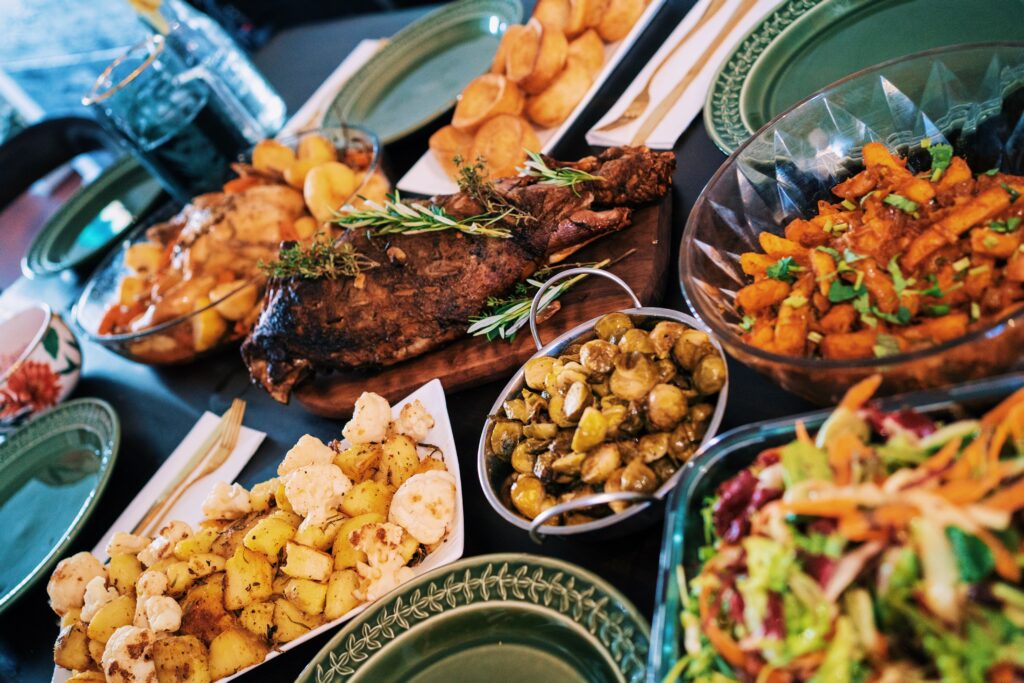
Is the star of the show the main dish or side dishes?
Think back to your recent restaurant experience. Did you choose a dish based on the main course (chicken, fish) or the sides (rice, potato, salad)? I’ll bet it was the main dish. Some colleges and universities have added so many student activities, sports, and electives to their lists of ingredients that the side dishes cost as much or more than the cost of the main dish. When I examine the change in our cost structure over time, I wonder if the stars of the show on our campuses have become the side dishes.
What do the customers want?
Think of your favorite restaurant, why do you go there? Is it proximity to home, your love of seafood, the view of the water, or the prices? Now think about your institution, why does the customer (student/parent) come to your institution? For most students, it is a particular offering, combined with an atmosphere they want (small campus, large campus), in a location they want (in a city, near mountains, far from home). More and more, pricing, and future employment are becoming factors. I have 3 college age children and I have seen a dramatic shift in the level of concern they and their friends express about the cost of education and the impact it has on their decision. I am sure we have all heard more from parents and the public about the importance of a career upon graduation.
Understand what you are, and why your students choose your institution (and stay) and be true to that. Engage more in the consideration of what other customers (like parents and employers) want from you and consider investing in that, even if means you need to give up another item on the menu.
Set the menu based on seating capacity.
Let’s think about physical space and its connection to the menu. Ideally, the restaurant would be busy during peak hours with full tables and quick turnover. Much like our institutions, restaurants have significant off-peak hours and days when the tables are empty. Some restaurants supplement their businesses with private events the way some institutions do. Partnering with employers or local organizations can provide additional income and local engagement. The question is can we repackage our offerings to generate interest during off-peak times, without impacting our brand?
If the restaurant seats 40 customers and tables turn over 2.5 times at dinner, they’ll serve 500 meals a week. If the menu includes 50 entrees, I will make an average of 10 orders of each item per week. We all know some items will be more or less popular than that. This is where we run into problems. We order ingredients for entrees (courses) that are not as popular, and we then throw the ingredients away (think of low enrolled classes).
How many entrees are generally on the menu of your favorite restaurant? Most restaurants have 15 entrees or less on their menu. The goal is to offer enough variety to attract customers but ensure items are ordered with enough frequency that ingredients do not go to waste. At 500 meals per week, across 15 entrée choices, that is an average of 33 orders of each item per week. If you take the total number of students, divide by the number of required courses, then divide by the section break-even number, you’ll know how many majors you can support.
This is not an exact science but will help to make those strategic decisions about whether to sunset degree programs.
We may have a significant amount of physical capacity, but our customer demand may be lower than our physical capacity. Based on your demand and capacity, how many menu items are ideal?
Did you miss part one of our Chef series? Read it now.
Stay tuned for the next article in our Chef series, Understanding and Projecting Demand.
Interested in the metrics we use to analyze cost and revenue drivers for educational institutions? Click here to download.